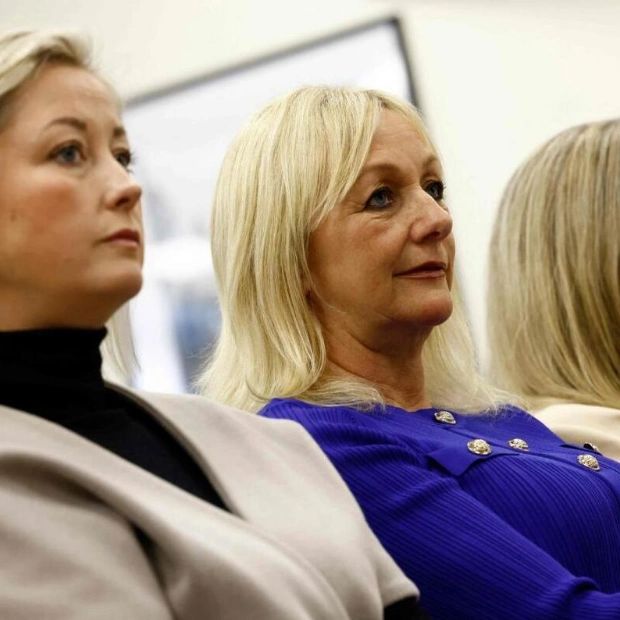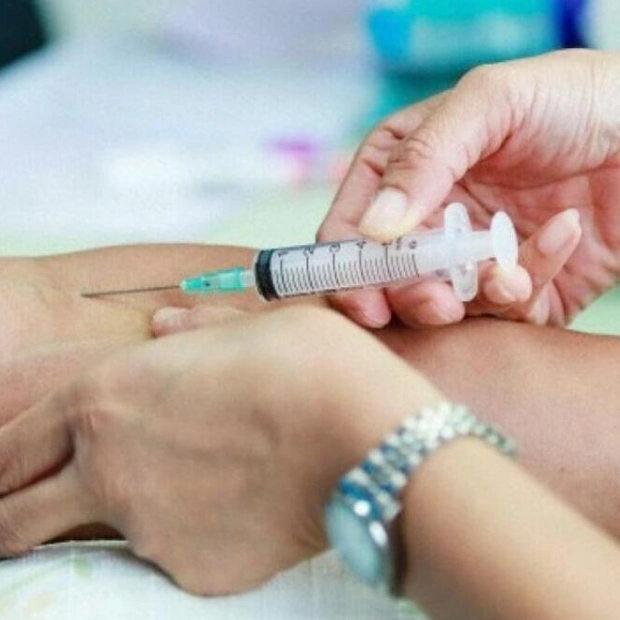US consumer confidence experienced its sharpest decline in three years during September, driven by heightened concerns about the labor market. Despite this, a greater number of households are planning to purchase a home within the next six months. The Conference Board's survey, released on Tuesday, also indicated that consumers anticipate inflation to rise in the coming year, casting a shadow over their economic outlook ahead of the November 5 presidential election. The state of the economy is expected to play a crucial role in determining the election's outcome.
Despite the downturn in confidence, consumers continue to show interest in activities such as traveling, dining out, and attending movies. This enthusiasm could support consumer spending and sustain economic growth. Last week, the Federal Reserve cut interest rates by 50 basis points to a range of 4.75% to 5.00%, marking the first reduction since 2020. Fed Chair Jerome Powell stated that this move was intended to reinforce policymakers' commitment to maintaining a low unemployment rate, which currently stands at 4.2%.
Ben Ayers, senior economist at Nationwide, commented, "The sharp drop in consumer confidence highlights the increasing pressure on many households as the labor market shows signs of weakening. If the Fed proceeds with a relatively aggressive easing cycle over the next year, it could bolster consumer optimism about the economy and prevent a severe downturn."
The Conference Board's consumer confidence index fell to 98.7 in September from an upwardly revised 105.6 in August, marking the largest decline since August 2021. Economists had predicted the index to rise to 104.0 from the previously reported 103.3. The survey's cut-off date was September 17, prior to the Federal Reserve's initiation of its easing cycle.
Confidence saw the most significant drop among consumers aged 35 to 54 years. Across most income groups, confidence declined, with the largest decrease observed among those earning less than $50,000 annually. The Conference Board noted that write-in responses regarding politics, including the November elections, remained below both 2020 and 2016 levels.
Dana Peterson, chief economist at the Conference Board, stated, "The deterioration across the index's main components likely reflects consumers' concerns about the labor market and reactions to reduced working hours, slower payroll growth, and fewer job openings, despite the labor market remaining robust with low unemployment, minimal layoffs, and elevated wages."
On Wall Street, stocks edged higher, while the dollar weakened against a basket of currencies. US Treasury yields increased. The share of consumers viewing jobs as "plentiful" dropped to 30.9%, the lowest since March 2021, from 32.7% in August. Conversely, 18.3% of consumers reported jobs as "hard to get," up from 16.8% the previous month.
The survey's labor market differential, derived from respondents' views on job availability, fell to 12.6, the narrowest since March 2021, down from 15.9 in August. This measure correlates with the unemployment rate in the Labor Department's monthly employment report. Economists noted that while the shrinking labor market differential suggests a potential rise in the unemployment rate to 5%, monthly fluctuations can be volatile.
Shannon Grein, an economist at Wells Fargo, remarked, "The persistent drop in this measure clearly indicates that the labor market is not as tight as it once was. However, we are cautious about placing too much emphasis on this data given that broader confidence measures have remained subdued this cycle despite resilient household spending habits."
The unemployment rate decreased in August after rising for four consecutive months, increasing from 3.4% in April 2023. This rise has been driven by an increase in labor supply, primarily from immigration. Layoffs remain at historically low levels. Consumers' assessments of their financial situation, both currently and over the next six months, weakened. Plans to purchase major appliances were mixed, with a slight increase in the intention to buy motor vehicles, refrigerators, and clothes dryers over the next six months.
However, the share of consumers planning to buy television sets and washing machines declined. A new question about services in this month's survey revealed strong intentions to spend on healthcare and utilities over the next six months. Consumers' 12-month inflation expectations increased to 5.2% from 5.0% in August, although more respondents mentioned lower inflation in their write-in responses.
Conrad DeQuadros, a senior economic advisor at Brean Capital, commented, "If inflation expectations continue to rise and the labor market continues to soften, the Fed will face a challenging task in appropriately recalibrating monetary policy." The Fed raised the policy rate by 525 basis points in 2022 and 2023 and is expected to lower borrowing costs again in November and December.
The share of consumers planning to buy a house over the next six months surged to 5.7%, the highest level since August 2023, from 4.8% in August. This coincides with a decline in mortgage rates to more than 1-1/2-year lows and a moderation in house price inflation. Home price appreciation has cooled as a surge in mortgage rates during the spring pushed buyers to the sidelines, resulting in a rise in housing supply.
A separate report from the Federal Housing Finance Agency on Tuesday showed single-family house prices gained 0.1% on a month-on-month basis after being unchanged in June. They increased 4.5% in the 12 months through July, the smallest rise since June 2023, after advancing 5.3% in June.
Nancy Vanden Houten, lead US economist at Oxford Economics, stated, "Lower mortgage rates should boost demand, however, preventing a significant softening in prices."






